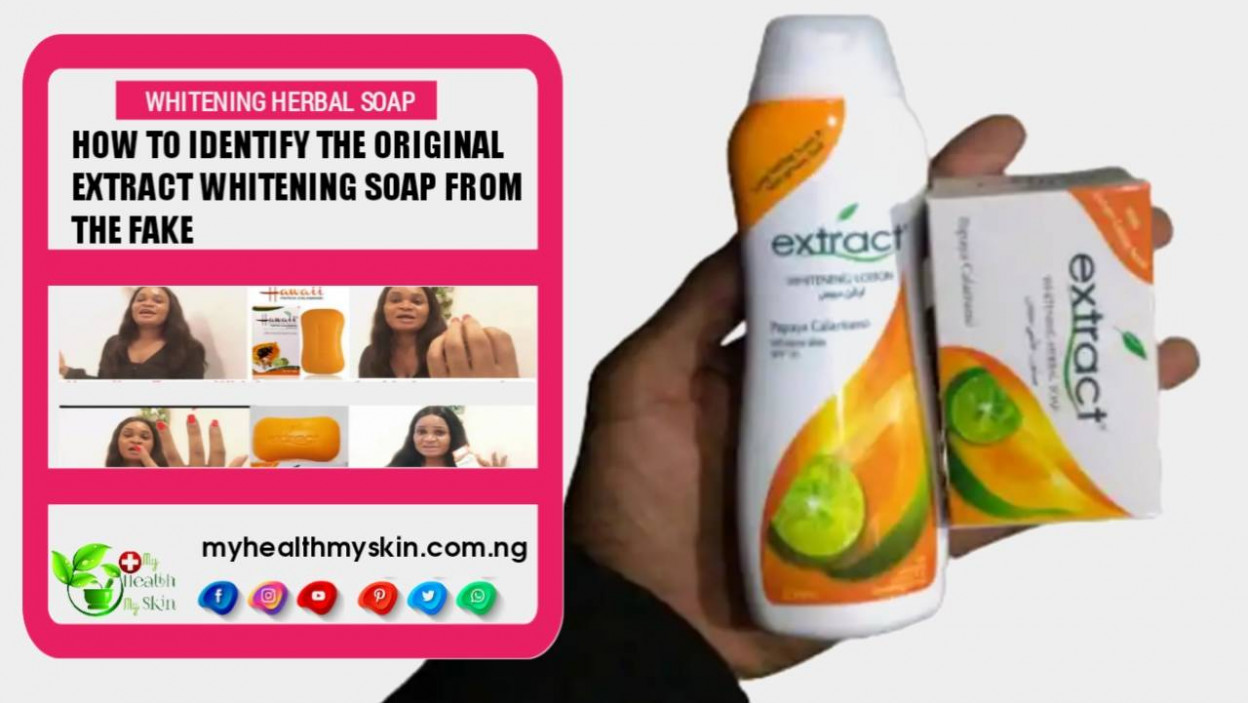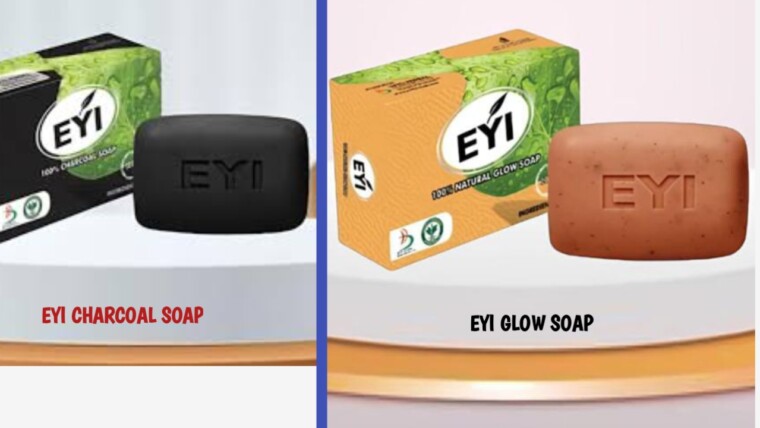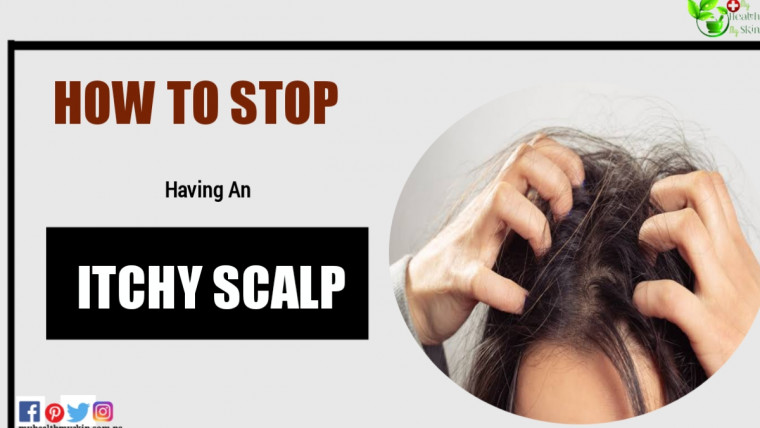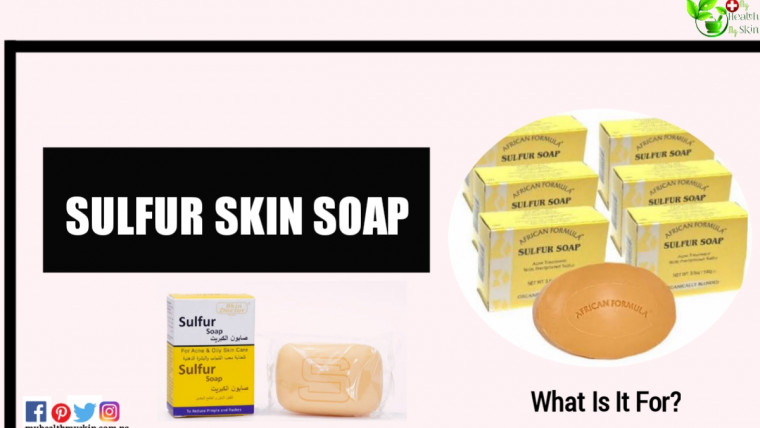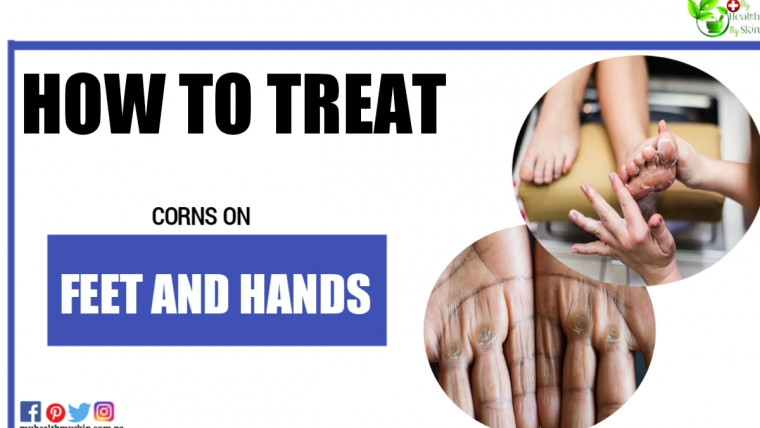One of the questions that we often get asked is: What is the difference between original extract whitening soap and fake? Can one identify the original extract whitening soap from fake? How do I identify the original extract whitening soap from the fake?
If you’re asking these questions, then you’re on the right page.
In this article, we take a deep look at how to identify the original extract whitening soap from the fake. We’ll also cover tips to help you avoid purchasing a fake extract papaya soap as well as extract soap side effects.
[lwptoc]
What is extract whitening soap
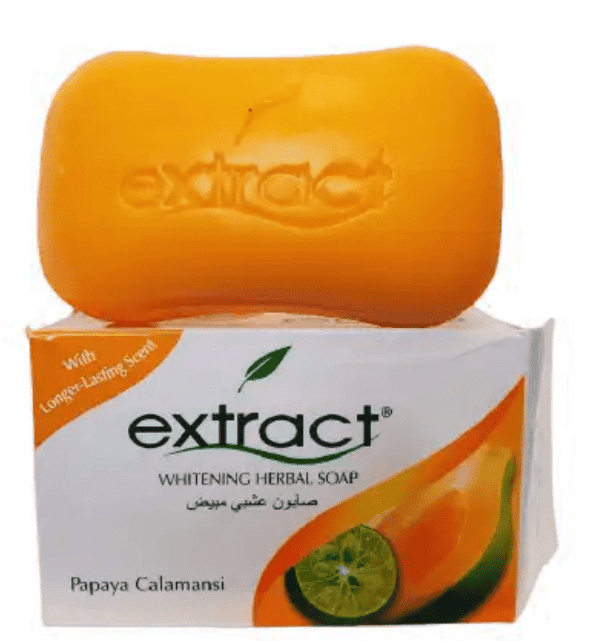
Extract whitening soap, also called papaya soap is a popular herbal soap that has several nourishing and whitening qualities that benefits the skin.
Extract whitening herbal soap is manufactured in the Philippines with the breakthrough CitruWhite formula that absorbs the natural whitening power of Green Papaya extracts with Calamansi which is known to be rich in Vitamin C, to improve skin radiance.
Extract soap contains whitening components that whiten skin and lightens stubborn dark spots. The Original Extract Whitening soap is enriched with vitamins and antioxidants.
Papaya soaps also contain vitamin A, another essential nutrient for the skin. It promotes the production of new skin cells and may help lighten dark spots, blemishes, and scars.
In addition, the Vitamin C and Antioxidant properties present in Papaya soaps can help reduce irregular pigmentation and facilitate the production of collagen.
One of the primary ingredients in extract soap known as Calamansi is an excellent natural source of Vitamin C, which is highly effective in combat against the free radicals in our body.
Free radicals and Molecules being unstable cause oxidative damage by taking a toll on the collagen in our skin, and this results to the appearance of signs of aging such as wrinkles, age spot, dryness, fine lines, etc.
In addition, Calamansi help in slowing down the rate of free radical damage and also helps the skin to recover naturally.
As a result of that, keeping early aging at bay as well as preventing the onset of skin issues in the future.
How to identify original extract whitening soap from fake
One consequences of fake extract soaps is that they can cause havoc on your skin, as they always stimulate dry, dehydrated skin due to their high pH, your skin needs to retain a specific, fairly acidic pH to function suitably.
A thin, protective layer, acid mantle is mainly composed of sebum, the skin’s naturally produced oil.
However, It’s integrity is sensitive to abnormalities stimulated by internal and external conditions, like diet, pollutants and fake soaps.
In other to maintain a healthy skin, the acid mantle needs to be able to perform its task, and to do it’s task, we need to avoid cleansers that could upset its pH balance.
Internet has given consumers broad access to health and beauty products, according to the Federal Bureau of Investigation. Some labeled with “anti-aging” properties that they can’t differentiate the original Original Extract Whitening Soap from fake
The Government and industry reviews and testing have found out harmful components within fake “anti-aging” products.
Fake cosmetics may include arsenic, beryllium, and cadmium, all known carcinogens along with high degrees of aluminum and harmful levels of bacteria from sources such as urine.
Some of these cosmetics have caused skin conditions like acne, psoriasis, rashes, and eye infections.
Although, a fake Extract Soap is a bit hard to differentiate from the Original, but the fake orange soaps are a little bit darker than the original.
How to avoid purchasing a fake extract whitening soap

Here are four ways you can avoid purchasing a fake Extract papaya soap:
1. Purchase from a reputable seller
When you buy products directly from a brand or an authorized retailer, you know what you’re getting. Elsewhere on the Internet, it’s not so clear.
Online stores that work with third parties which many people turn to for their beauty products are hotbeds for fake products, and if you think you’re getting a great deal on something that’s usually super expensive or sold out elsewhere, chances are it’s possibly too good to be true.
2. Test run the extract papaya soap
Testing new products on your hand or arm is always essential, but it’s especially important in the case of fake products. If a Extract Papaya Soap you’ve been using for long is suddenly giving you contact dermatitis when you try it, it’s a reasonable sign that it’s a fake Extract Papaya Soap.
3. Check the extract papaya soap reviews
If you are going to buy skin care products from online stores such as Amazon for instance, which has so many third-party sellers, it’s necessary to research by reading a seller’s reviews before buying.
If a seller has repeated negative reviews, or reviews that your gut tells you are ‘staged’ or ‘fake’ because they all contain nearly the exact language.
Do not buy Papaya Soap from that seller even if the price is so enticing and appealing.
4. Extract papaya soap packaging
Years back, you could notice a fake product based completely on inappropriate packaging. Presently, that’s a lot harder to do. Now, the packaging can look almost similar.
However, just because something looks legit doesn’t signify that it actually is, so it’s very important to examine the original product or check out the dealer selling the Extract papaya soap before using it.
Extract soap side effects
This soap is formulated with calamansi (Citrus × microcarpa), also known as calamondin or Philippine lime. The acidic nature of the soap may result in a stinging or burning sensation sometimes. It is recommended to conduct a patch test before adding calamansi soap in your daily skincare routine.
In addition, women with sensitive skin should skip it anyway, and make sure that you do not go out in the sun right after treating your skin with calamansi.
The strong acidic properties present in extract soap will cause you sunburns. Papaya based soaps may result in serious allergic reactions in sensitive skin. Contact dermatitis is a red, itchy rash caused by direct contact with a substance or an allergic reaction to it.
The rash isn’t communicable or life-threatening, but it can be very irritated. Substances including soaps, cosmetics, fragrances, jewelry and plants can cause such reactions.
Contact dermatitis are usually noticeable on areas of your body that have been directly exposed to the soap. Within minutes to hours of exposure, the rash usually develops and can last for 2 to 4 weeks.
Contact Dermatitis: Possible Signs And Symptoms
Signs and symptoms of contact dermatitis include:
- Bumps and blisters, sometimes with oozing and crusting
- Itching, which may be severe
- Dry, cracked, scaly skin
- Swelling, burning or tenderness
- A red rash
When to see your doctor?
See your doctor, if you are experiencing the following:
- The rash affects your face or genitals
- The rash is sudden, painful, severe or widespread
- You’re embarrassed by the way your skin looks
- The rash is so uncomfortable that you are losing sleep or are distracted from your daily activities
- The rash is sudden, painful, severe or widespread
- You’re embarrassed by the way your skin looks
- The rash doesn’t get better within three weeks.
You May Also Like:
- Does Funbact A Bleach or Lighten The Skin? Fact Check!
- Hipoglos Baby Diaper Rash Cream: Know Everything About This Cream
- The Best Soaps For Sensitive Skin – Our Top 10
- Why Vaginal Discharge Smells Like Dead Animal? – 8 Causes and Treatments
- Pimple Like Bump On Clitoral Hood: 13 Causes And Treatment
Seek immediate medical care in the following situations:
- If your lungs, eyes or nasal passages are painful and inflamed, maybe from inhaling an allergen.
- If you think the rash has damaged the mucous lining of your mouth and digestive tract.
- If you think your skin is infected. Indications such as fever and pus oozing from blisters.
Conclusion
Extract whitening herbal soap is one of the best soap so far. The scent is nice, and it makes your skin free from rashes, and also it makes your skin glow.
If a papaya extract calamansi soap you’ve been using for long is suddenly giving you contact dermatitis when you try it, it’s a reasonable sign that it’s a fake extract soap.
Finally, A fake extract soaps can cause a lot of problems to your skin, as they always stimulate dry, dehydrated skin due to their high pH, your skin needs to retain a specific, fairly acidic pH to function suitably.
So, always try to test run the original product or check out the retailer selling the Extract papaya soap before using it all over your body and face.
And, if you are going to buy skincare products on stores online like Amazon for instance, always try to research by reading a seller’s reviews.
Reader Questions:
What is the difference between nigeria extract whitening soap and foreign extract soap?
The Nigerian extract whitening soap has Arabic imprints on it, while the foreign extract soap don’t have Arabic imprint.
Does asantee papaya soap bleach?
Yes, Asantee papaya lightens the skin shade.
Which is the best soap for whitening?
Kojie san soap is suitable for all skin types, it is dermatologically tested for skin use. Produced from natural ingredients, this whitening soap seems safe for all skin complexions.
The kojie san soap should form part of your skincare regimen. It treats hyperpigmentation, clears acne spots, and fading dark spots.
If you want to read more articles similar to How To Identify The Original Extract Whitening Soap From The Fake? We recommend you visit our Beauty & Skin Care category. Share on your social networks and stay tuned for upcoming articles.
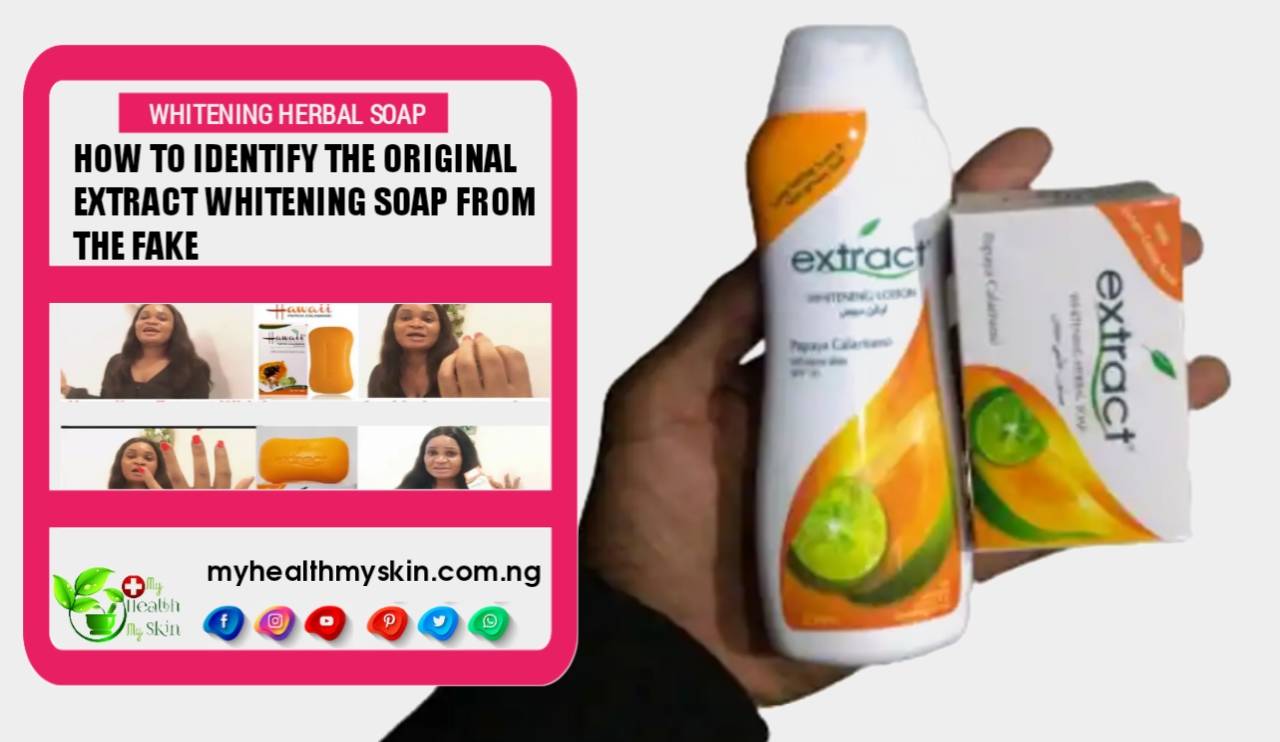
I Hope By Now You Must Have Found Out How To Identify Original Extract Whitening Soap From The Fake. Comment Below!

